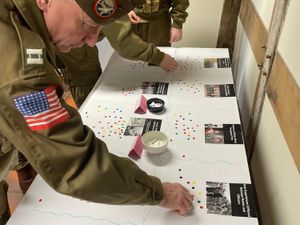150 years of the Severn Valley Railway line
An illustrious track record was reached in Shropshire today as the golden age of steam in the county celebrated a landmark anniversary.
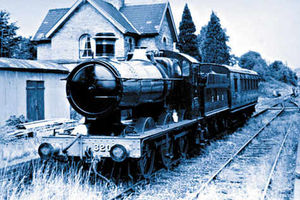
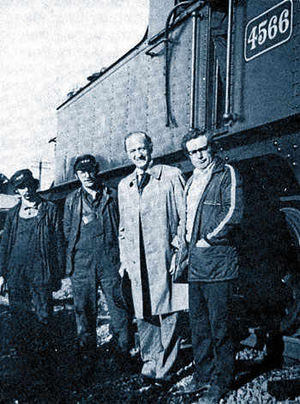
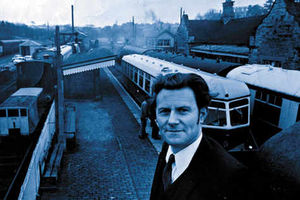
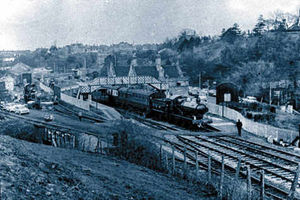
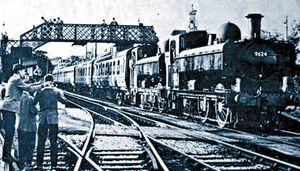
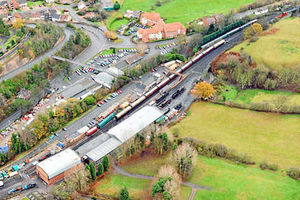
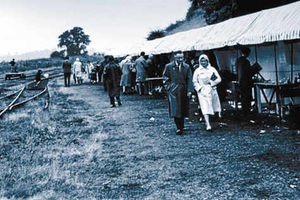
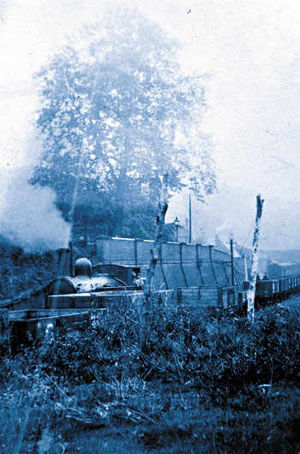
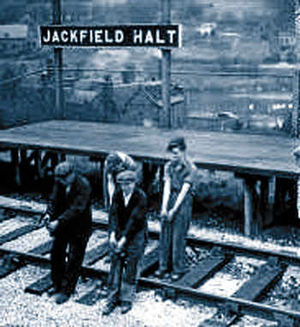

An illustrious track record was reached in Shropshire today as the golden age of steam in the county celebrated a landmark anniversary.
The first train ran on the Severn Valley Railway on this day 150 years ago and the first passengers hopped aboard on February 1, 1862.
That first train ran from Worcester to Shrewsbury but these days it extends 16 miles from Kidderminster to Bridgnorth. It is no longer in the commercial transport business but is largely run by volunteers.
See more pictures in our gallery to your right
A paid staff of about 70 people are responsible for administration and commercial activities and about 250,000 passengers use the line each year.
Official celebrations to mark the 150th anniversary will be held in May, as the station remains closed until the half-term holidays in February.
Mike York, director of Severn Valley Railway Holdings, said: "It was never the most popular of railway lines and was not the most successful venture at all as a commercial transport operation.
"It relied as much on fate as it did on regular numbers of passengers."
The original Severn Valley line linked Hartlebury, near Droitwich, with Shrewsbury, a distance of 40 miles.
The important intermediate stations were Stourport-on-Severn, Bewdley, Arley, Highley, Hampton Loade, Bridgnorth, Coalport, Ironbridge, Buildwas, Cressage and Berrington.
Locomotives and rolling stock were borrowed and the line was absorbed into the Great Western Railway in the 1870s. In 1878 a link line was constructed from Bewdley to Kidderminster. That enabled trains to run directly from the West Midlands, although most Kidderminster to Bewdley trains continued via the Wyre Forest line to Tenbury Wells or Woofferton.
The Severn Valley line, though providing an essential service for the development of the district, was never financially successful.
During the Great Western days the pattern of services remained similar, with usually four passenger trains per day in each direction over the whole of the line, and a few more on the section south of Bridgnorth.
Freight traffic, which was mostly agricultural or coal from the Highley area, was the principal source of revenue. The advent of the motor lorry in the 1930s spelled disaster for freight although the line was strategically useful in the Second World War.
Bridgnorth town councillor Brian Jones, who was the railway's civil engineer between 1972 until 1982, said: "In 1947, when the railways were nationalised, it became part of British Railways until November 1963 when closed due to the Dr Beeching cuts, which affected many railway lines.
"The SVR Society opened in July 1965 and it took five years of negotiations to keep the five-mile line between Bridgnorth and Kidderminster open. The first trial train left on May 23, 1970."
The line has featured in a number of films including Candleshoe, starring David Niven. and was used last year for the Sherlock Holmes blockbuster A Game of Shadows.
Plans are in the pipeline to have a replica of the Catch-Me-Who-Can locomotive, built by Richard Trevithick at the Hazeldine Factory in Bridgnorth, at the station in May.
Mr York said the celebrations on May 19 and 20 would include a Victorian-themed weekend.
"We have a steam train that dates back 1863 coming from Cumbria, as well as other trains not quite so old – but still built in the 1870s," he said.
"There will be events happening at Bridgnorth but we're still finalising details for that."

